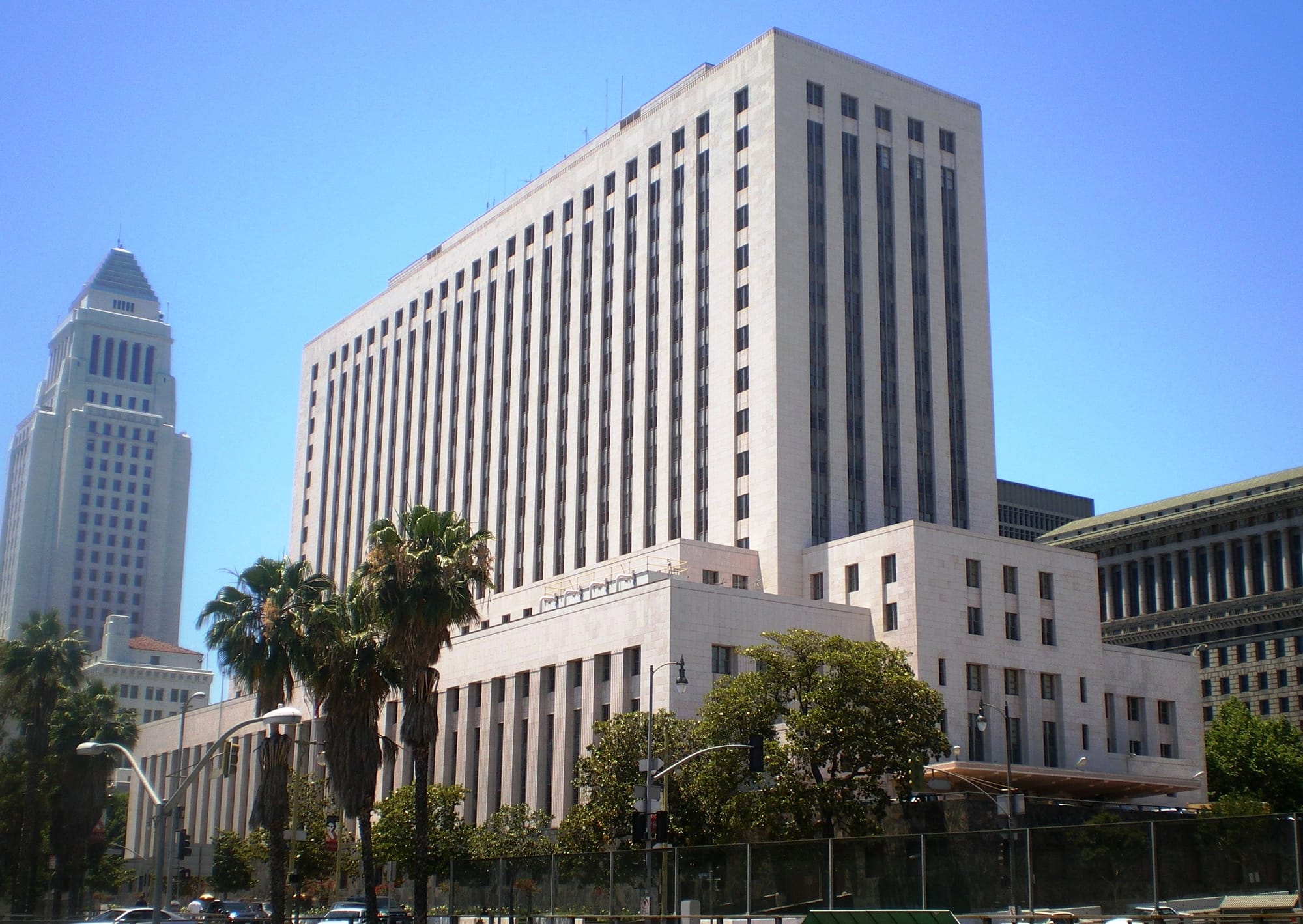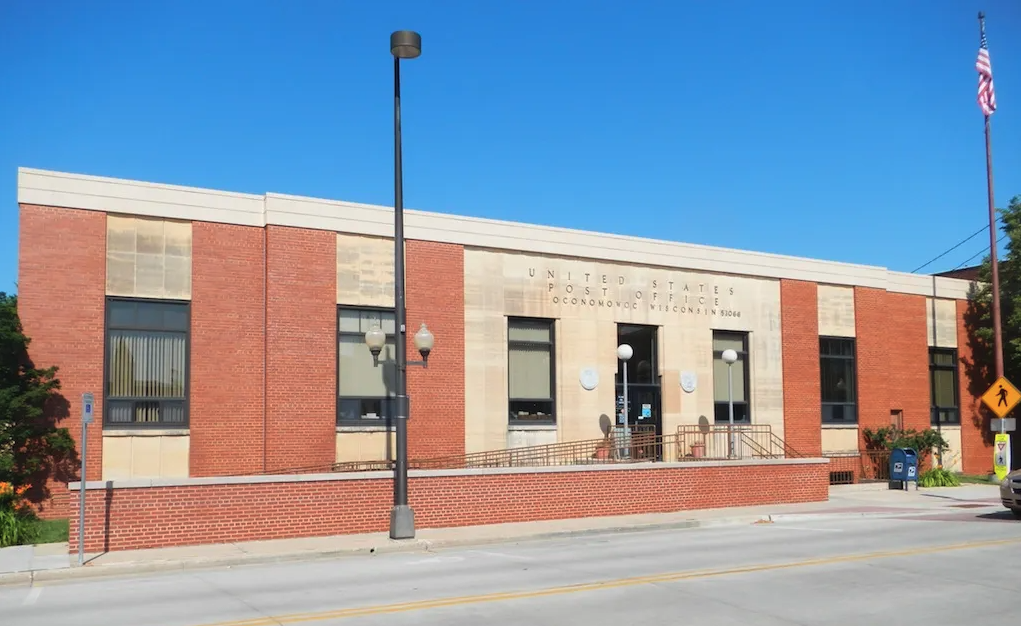The San Francisco Federal Building, designed by Thom Mayne and finished in 2007, has a certain sculptural vim. It looks as if it was shaped by some enormous industrial process which pushed, folded, and punched holes into its mesh-like metal cladding at a huge scale. According to an executive order issued by Donald Trump’s White House in December of 2020, it is also considered by many San Franciscans to be “one of the ugliest structures in their city.”
The executive order, “Promoting Beautiful Federal Civic Architecture,” though it did not have time to take effect before the end of Trump’s first term in office, attacked this kind of architecture, and proposed to replace it with structures that ordinary Americans would find beautiful.
The American Institute of Architects (AIA), the official representative of the architecture profession in the United States, responded to the order with swift and vehement condemnation. The AIA’s point of attack was that the executive order sought to impose a “single style” on federal civic commissions.
But this is precisely what the executive order did not do—and what it should have done. The last time that federal civic architecture was comprehensively successful was also the last time there was a distinctive, national public style: during the New Deal.
The public architecture of the New Deal does not have a single name (Art Deco, WPA Moderne, and Stripped Classicism are merely some of the stylistic terms used to describe it), but it does have a unified aesthetic sensibility. That ethos is quite different from both the postwar modernism that followed it and the neoclassical Beaux Arts style that preceded it.
From a contemporary point of view, which thinks of modernism and classicism as two separate and opposite things, New Deal architecture seems like a hybrid. From classicism it borrows symmetrical compositions, colonnades, a sense of weight and mass, and the use of stone. From modernism it takes a sober approach to ornamentation, using it only for special emphasis, and also compositions that convey movement rather than balance—often, though not always, vertical movement, as in famous Art Deco skyscrapers like the Chrysler Building.
“What it conveys is quite specific: grandeur, beauty, dynamism, and power.”
In mood, however, New Deal architecture is not hybrid at all. What it conveys is quite specific: grandeur, beauty, dynamism, and power—sometimes playfully and sometimes soberly.
A number of New Deal buildings are icons. The Griffith Observatory, constructed by the Works Progress Administration in 1933-35, has featured in countless movies not solely because of its privileged location on a promontory overlooking the Los Angeles basin but because its architectural composition synthesizes classical, romantic, and modern forms into an expression of optimism, pride, and energy. Its form connects the jumbled, energetic geometry of the hillside and the smooth, spherical world of the sky. It seems to surge up from its cliff edge into the empyrean.
This synthesis was suitable for a wide range of uses and levels of ambition. Down the hill from Griffith Park, in downtown Los Angeles, is the Spring Street Federal Courthouse, finished in 1940. The romantic aspects of the observatory are absent, replaced by a pure classical-modern synthesis. Its modernist austerity communicates a certain sobriety and dignity, which is enhanced by its classical symmetry, proportions, and grand entrance colonnade. It suggests that justice is a god who is at home in American courts.

It can go smaller, too. Across the whole country are simple post offices, courthouses, and city halls, scarcely more than one-room boxes, built during the Depression years, that nonetheless communicate a kind of public grandeur through the use of small articulations in the facade, evoking a colonnade of flat, engaged columns. These buildings are modest, but their dignity is quite real, and they present an elevated and unifying ideal of the public realm and American nationhood.
Why did we stop making buildings like this? The first reason, which the executive order makes much of, is that the discipline of architecture’s standards of judgment have become quite detached from popular taste. This is not something the federal government has exercised much control over, nor should it.
The second, however, is the result of decisions made by politicians in the postwar period. Prior to World War II, federal civic architecture had been mostly overseen, oddly enough, by the Treasury Department, via an agency called the Office of the Supervising Architect. This office sometimes directly designed federal architectural commissions itself, and sometimes contracted out designs to private firms, relying entirely on its own aesthetic judgment to do so. Under the Supervising Architect, the federal government carried out the largest public-architecture program in American history, and created some of the most dignified public architecture in the world.
During its entire existence, the AIA bitterly opposed this arrangement, proposing instead to hand federal commissions out to private architects through an open process. After the war, they got what they wanted and more. The federal government began to defer to the architectural profession, first informally, and then as a matter of policy. In 1962, the “Guiding Principles” were laid down that have governed the relation between the federal government and its architecture ever since. These principles declare that “design should flow from the profession to the government,” and not the other way around. Architecture, in other words, would be treated as a matter of expertise. The federal government, which is to say the elected representatives of the American people, was not expected to have any opinion about the character of the architecture it commissioned.
This has gone badly, for reasons that are fundamental to the nature of architecture. Architecture is necessarily expressive, and government architecture is, necessarily, politically expressive. Because the policy of the federal government is simply to defer to the profession, what federal civic architecture has expressed is, therefore, a kind of self-negation. The architectural expression of the United States government since 1945 has been: “We have no opinion.”
In some sense this self-negation is a valid and even fitting expression of American postwar culture, which fled from communal expressions of anything. Even the mass popular culture of the early postwar years, though quite homogeneous and in that sense communal, was not chosen by any collectivity, but rather emerged as if naturally from the interplay of market forces. For postwar Americans, this absence of deliberate, collective choice meant their culture was free, rather than imposed, as it would be in the Soviet Union. As popular culture diversified and ramified in the 60s through the present day, this absence of anything collective has become even more dominant as a cultural theme. The AIA’s condemnation is couched in these terms for good reason. No one wants to be in favor of “imposition.”
Architecture was always an unusually bad fit for this anti-collective culture, however, because architecture makes itself unavoidable in a way that “I Love Lucy” does not. All taxpayers contributed, willing or not, to the construction of Thom Mayne’s Federal building in San Francisco. And you cannot change the channel if you’re strolling past and you don’t like it, as you can if you don’t happen to love Lucy.
Moreover, architecture has, like all the professions, become much more politically homogeneous. It is no longer plausible to see the profession as representing a generic, non-political excellence, when the profession is almost entirely aligned with a single political faction. Deference to architectural experts is now therefore nakedly political, in a way that was not true in 1962, when the professional class was more representative of the nation as a whole (politically and ideologically, if not demographically).
Trump’s executive order proposes an end to this deference. This is necessary, and, in a populist era, inevitable. But the order does not really discuss how exactly this deference is to be ended. It seems to suggest that a simple change of aesthetic direction, an aspiration towards classical rather than modern style will be sufficient.

But what is at stake is not simply whether federal civic architecture is attractive or not. There are many ways of building that are attractive, but inappropriate for civic architecture. The style of adaptive reuse, for instance, with exposed bricks and picturesque use of rusty surfaces, has been one of the great stylistic successes of the 21st century. It would nonetheless be a mistaken choice for a federal courthouse.
What is necessary to renew American civic architecture is something far grander than a mere change of aesthetic direction. What is needed is a way of building that actually expresses the public character and values of the American people. Such a way of building cannot necessarily be chosen as if from a menu. It cannot be simply chosen. It must be summoned.
But we do not need to await some singular act of genius to proceed. The past is always near at hand. The federal civic architecture produced in the United States during the New Deal was extraordinarily successful at doing all the things public architecture must do. It worked for libraries, city halls, observatories, dams, roads, and even the tiniest small-town post offices.
The success of political populism offers the American people a chance to change course, after nearly 80 years of deference to the architectural profession. That opportunity should be taken. Architects have always used history as leverage against their present moment. At a moment when the architectural profession seems out of touch, and the government is reconsidering the deference that it has historically shown to the profession, it would be worth considering the last time that public architecture was used to channel populist energy with great success.
